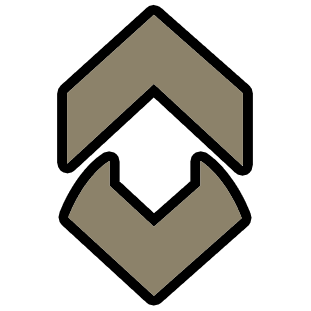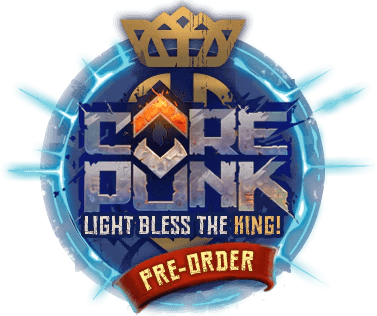Corepunk's Rocky Start – Feedback from the Alpha Frontlines

Questing Without Direction
The questing experience in Corepunk was another area that came under critical scrutiny from the players. Instead of being an engaging element that drives the narrative and gameplay forward, questing turned into a source of frustration. The quests lacked clear markers or directions, leaving players to wander aimlessly in hopes of stumbling upon objectives. This design choice, intended to encourage exploration, backfired by making even simple tasks feel unnecessarily difficult and time-consuming.
Players recounted experiences of quests that boiled down to mundane tasks: defeating a certain number of enemies or crafting specific items. However, the lack of guidance and the sparse distribution of quest-related enemies or materials across the expansive map turned these quests into lengthy, unenjoyable endeavors. The quest design, rather than providing a sense of accomplishment, often led to confusion and disinterest, as players struggled to find purpose or direction in their actions.
The feedback highlighted a significant disconnect between the game's questing mechanics and player expectations. In a genre where quests often serve as the backbone of the experience, guiding players through the world and its story, Corepunk seemed to miss the mark. The quests, which should have been a means of immersing players in the game's lore and mechanics, instead became a source of disillusionment, further detracting from the overall experience.
Combat and Enemy Encounters – A Tedious Cycle
Combat, a cornerstone of the MMORPG genre, was another aspect where Corepunk fell short according to player feedback. Encounters with enemies were often described as unsatisfying and repetitive. Most enemies behaved like 'damage sponges', absorbing a large amount of damage before being defeated. This not only made combat feel drawn-out and monotonous but also limited the number of encounters players could engage in before needing to heal.
The lack of variety in enemy types and behaviors contributed to a combat experience that quickly became stale. Players found themselves facing the same few types of enemies, with little strategy or variation required to overcome them. The excitement of discovering and combating new and challenging foes, a key aspect of many successful MMORPGs, was noticeably absent in Corepunk.
Furthermore, the slow pace of character movement compounded the issue, as players spent more time reaching combat locations than actually engaging in battles. The result was a gameplay loop that felt unrewarding: long periods of travel and resource gathering punctuated by brief, unsatisfying combat encounters.
Other Recent News
 Article Categories
Article Categories 
 Classes / Heroes
Classes / Heroes 
-
• Bomber
- ▪ Blast Medic
- ▪ Grenadier
- ▪ Infiltrator
- • Champion
- • Mercenary
-
• Pain Reaper
- ▪ Pyromancer
- ▪ Soul Eater
- ▪ Warlock
-
• Paladin
- ▪ Hand of the Light
- ▪ Crusader
- ▪ Cleric
- • Warmonger
 Professions
Professions 
- • Alchemy
- • Butchery
- • Construction
- • Cooking
- • Herbalism
- • Logging
- • Mining
- • Mysticism
- • Weaponsmithing







